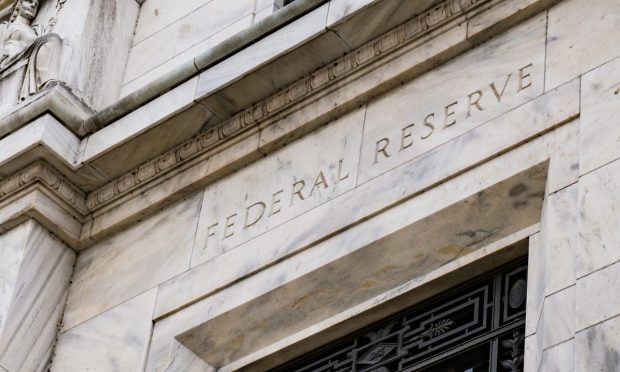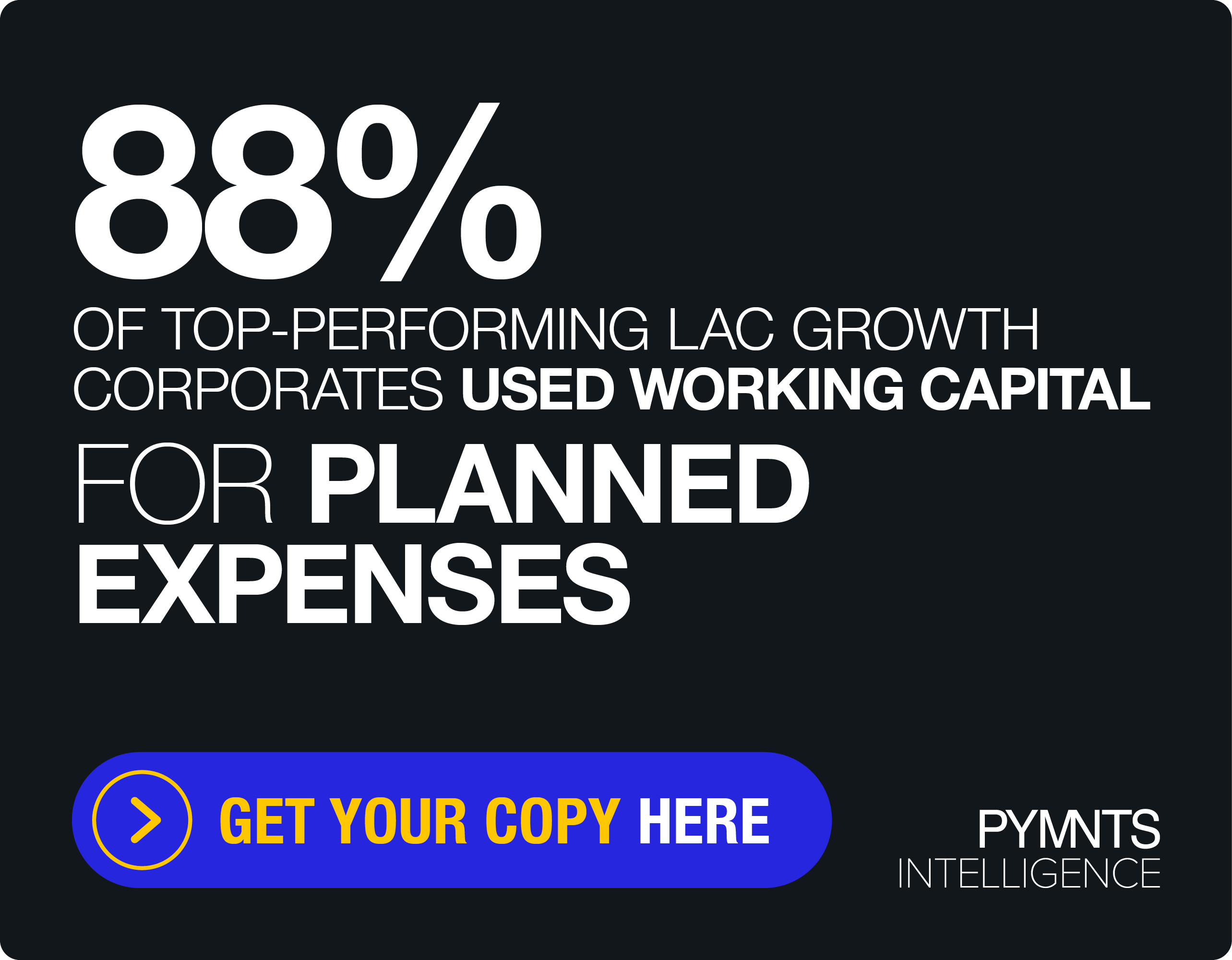Fed Ends Consultation With Kraken, Custodia Nearing Access to Payment Rails

The Federal Reserve will close tomorrow, April 22, a public consultation for its updated guidelines to evaluate requests for accounts and services at Federal Reserve Banks. However, according to the Federal Reserve’s website, there is not even one public comment to these guidelines — this could facilitate the adoption of the guidelines without any further changes.
The updated proposal includes a new section 2 of the original Account Access Guidelines published in May 2021. The new proposal establishes a three-tiered review framework to provide additional clarity regarding the review process for different types of institutions based on the risks they pose to the financial system. Thus, there is a “fast-track” review for federally insured institutions and a more extensive due diligence for others. The latest update responds to the need to adapt to new financial technology companies that offer new payment methods, including cryptocurrencies.
Financial institutions interested in obtaining payment services including ACH, cash, check and wires can open an account or receive services from the Federal Reserve. But to be eligible, financial institutions must meet certain requirements. The proposed guidelines seek to provide more information and clarity about how requests to access the Federal Reserve accounts will be assessed.
The original proposal was intended to ensure that Reserve Banks apply a transparent and consistent set of factors when reviewing access requests. It contained six principles. The first principle specified that access requests will only be considered from institutions that are legally eligible for access to Reserve Bank accounts and services. The remaining five principles addressed specific risks, ranging from narrow risks (such as risk to an individual Reserve Bank) to broader risks (such as risk to the U.S. financial system).
While this updated proposal hasn’t received public comments yet, the original proposal received more than 300 letters, with banks and their trade associations raising concerns about the measure while FinTech and crypto firms showed support. But even some commentators with opposing views still agreed that these broad principles may not offer enough details to provide accurate guidance.
“The proposed Guidelines offer a broad conceptual framework, but do not provide enough granularity to ensure an entity accessing the payment system is operating in a safe and sound manner, managing risks relative to its risk profile,” said the American Bankers Association in a letter to the Fed.
Even some crypto firms, who welcomed this initiative, suggested that the text left wide discretion to individual Reserve Banks to decide on a request based on six broad principles.
“The Proposed Guidelines create opacity in the master account application process, not clarity. In their current ambiguous formulation, the six principles will not serve as reliable guidance for evaluation. They will serve as hollow justifications for denial,” said Kraken in its public submission.
Read More: With Routing Number, Crypto Exchange Kraken’s Bank Closing in On Global Payments Rails
However, Karken may be one of the first cryptocurrency exchanges to gain full access to the Federal Reserve payment system. In late March, it was announced that Kraken Bank was granted a routing number, putting the company a step closer to a Federal Reserve Master Account. In February, another digital-asset focused institution, Custodia Bank, also received a routing number.
Both Kraken Bank and Custodia bank have Wyoming special purpose depository institution, or SPDI, charters, which allow them to offer comprehensive deposit-taking, custody and fiduciary services for digital assets.
While a routing number does not guarantee the Fed’s approval, it is an important step — and one that could give digital asset firms more secure access to mainstream banking.
Regardless of the final decision on these requests, many traditional financial institutions and newcomers will be looking at the Fed to know how the proposed guidelines are applied in these cases.
